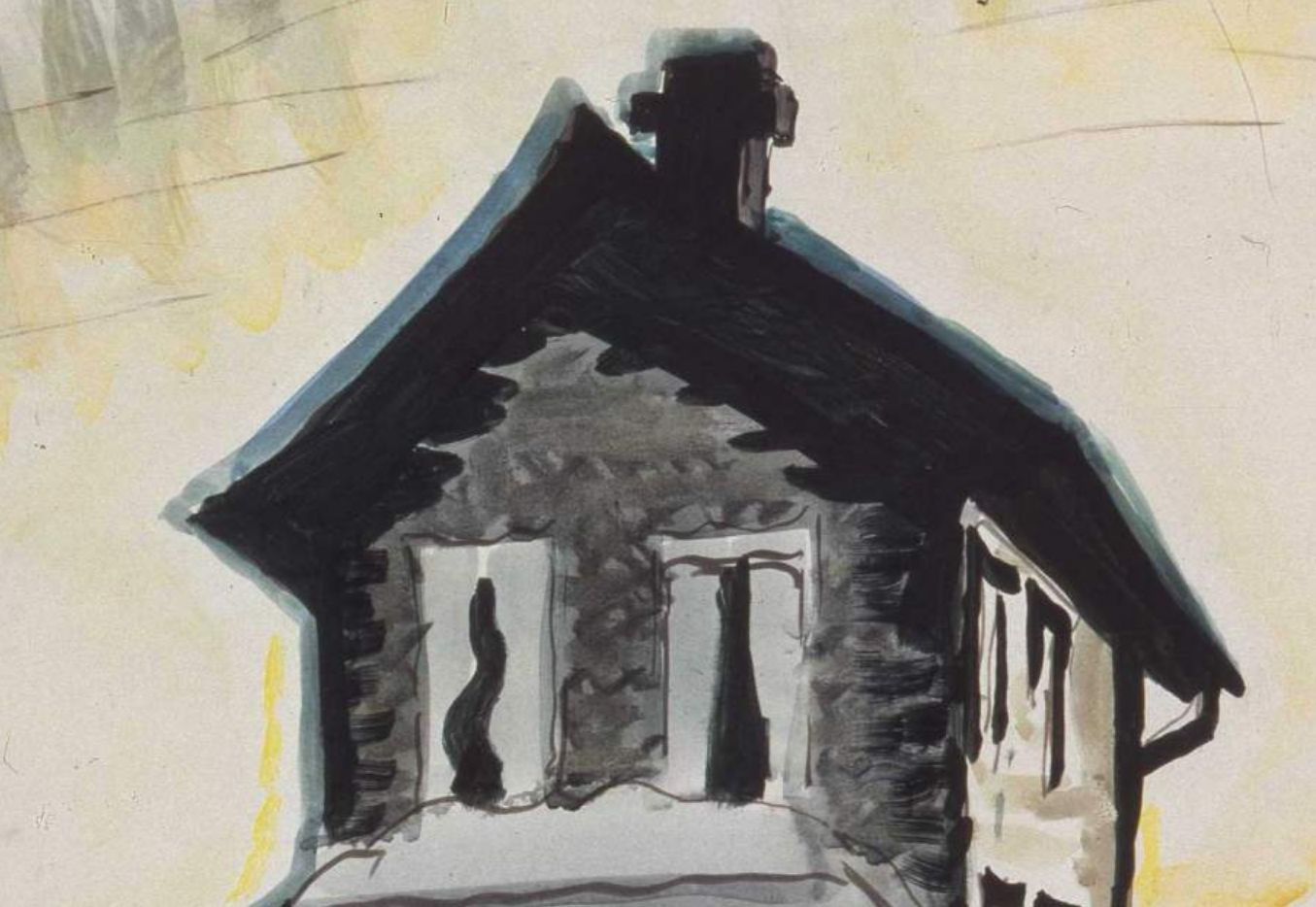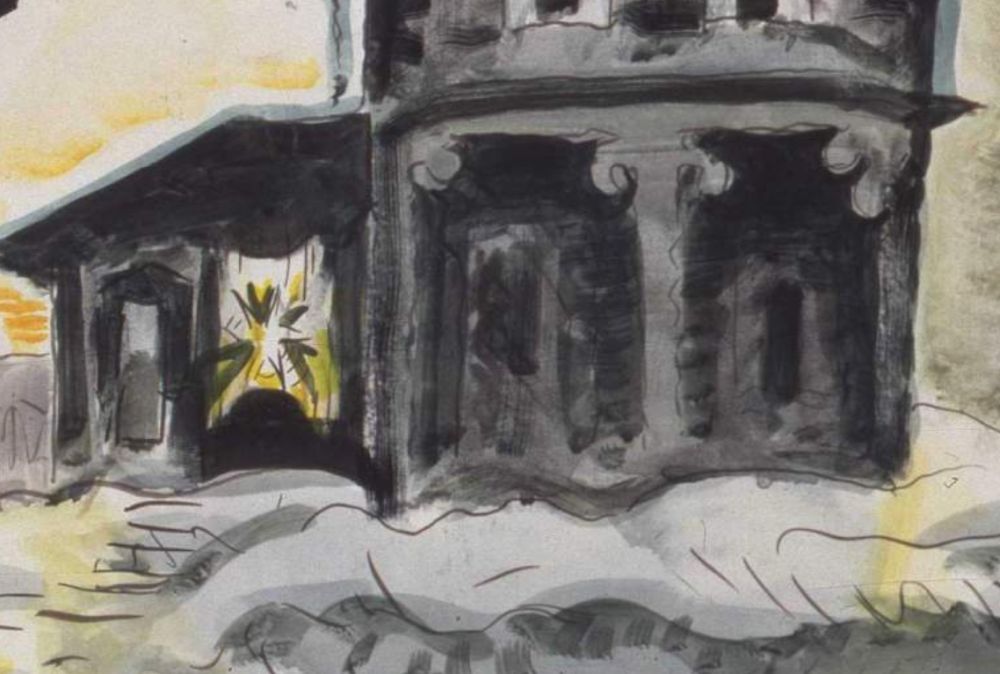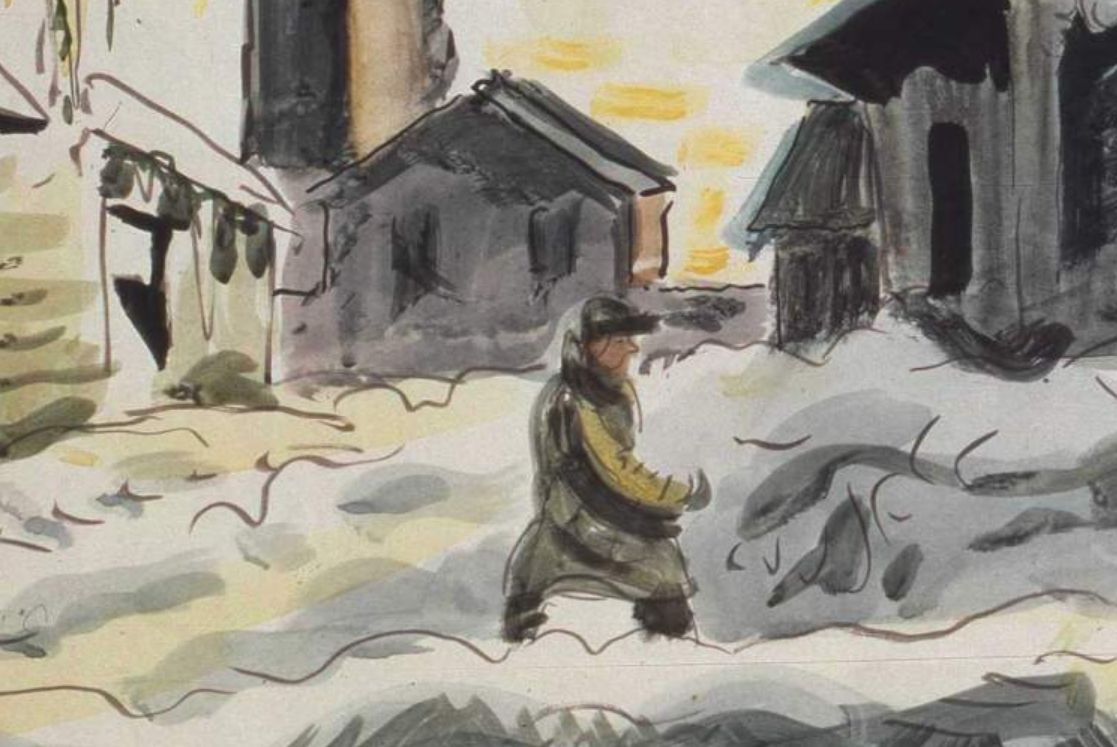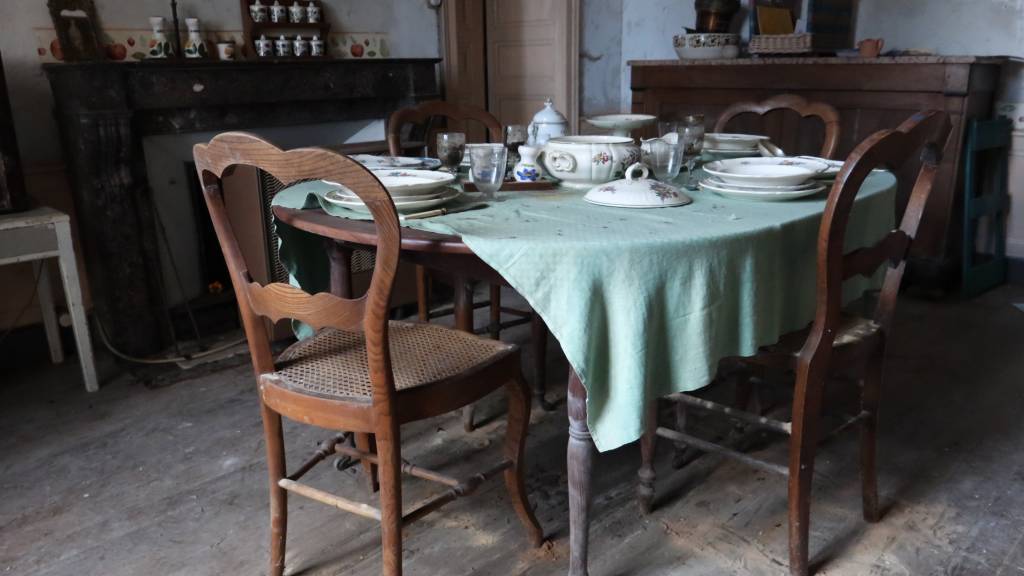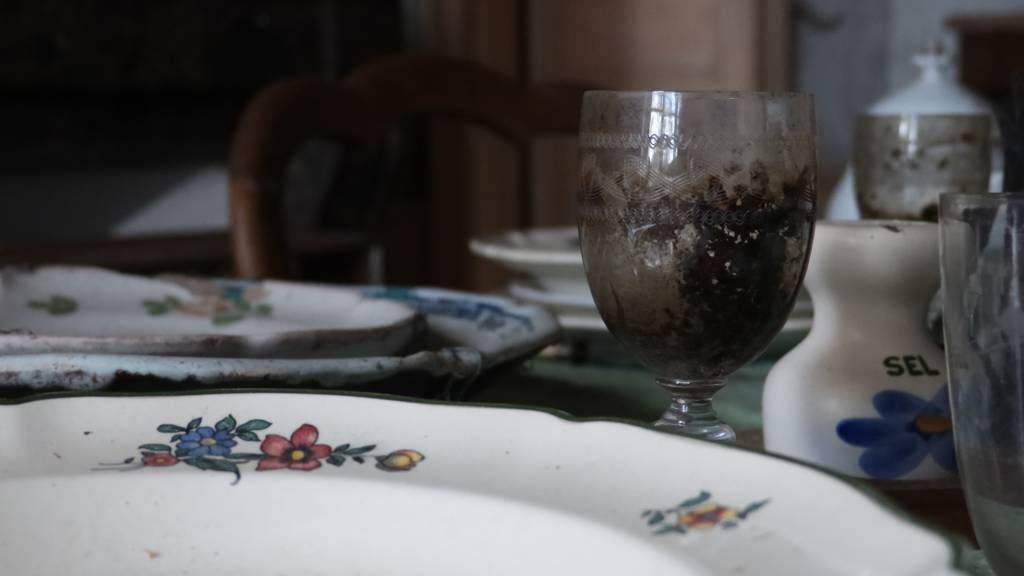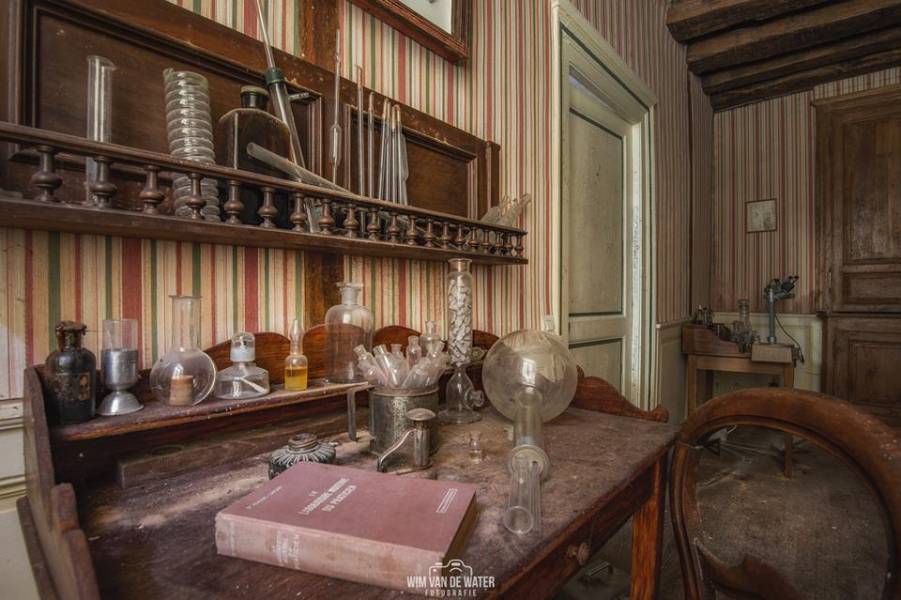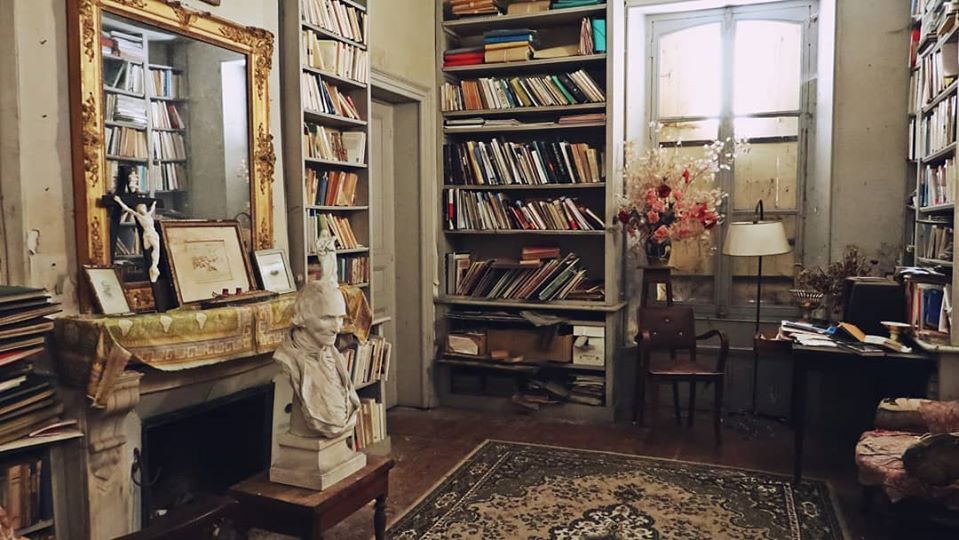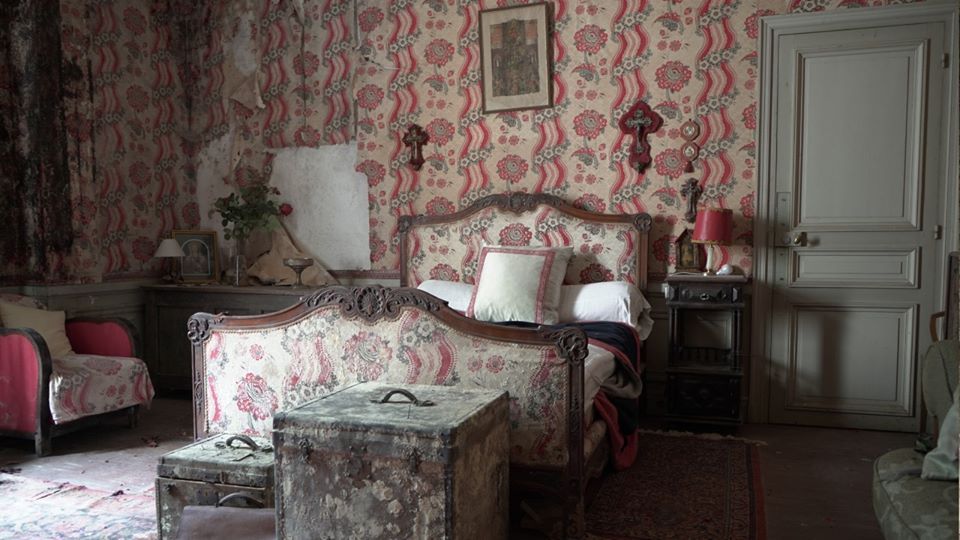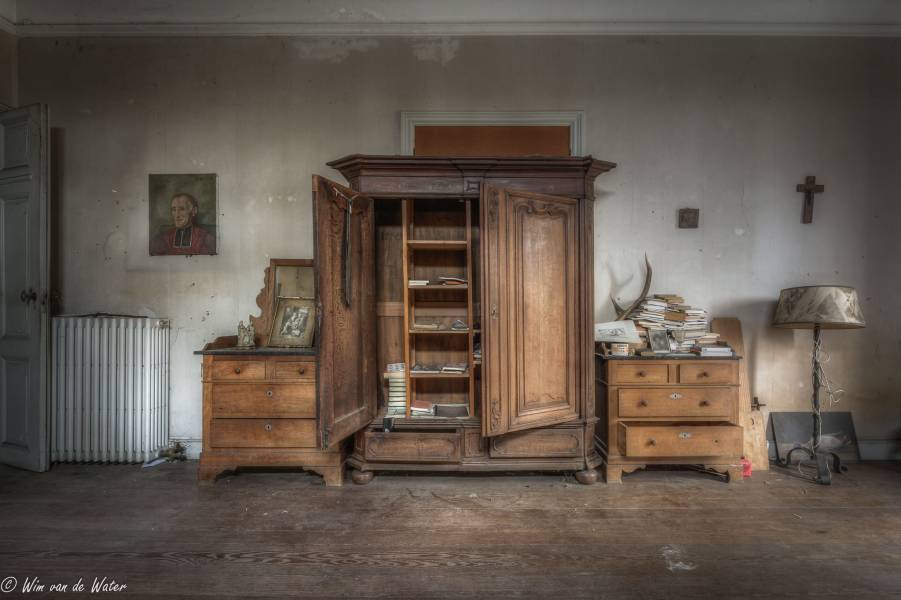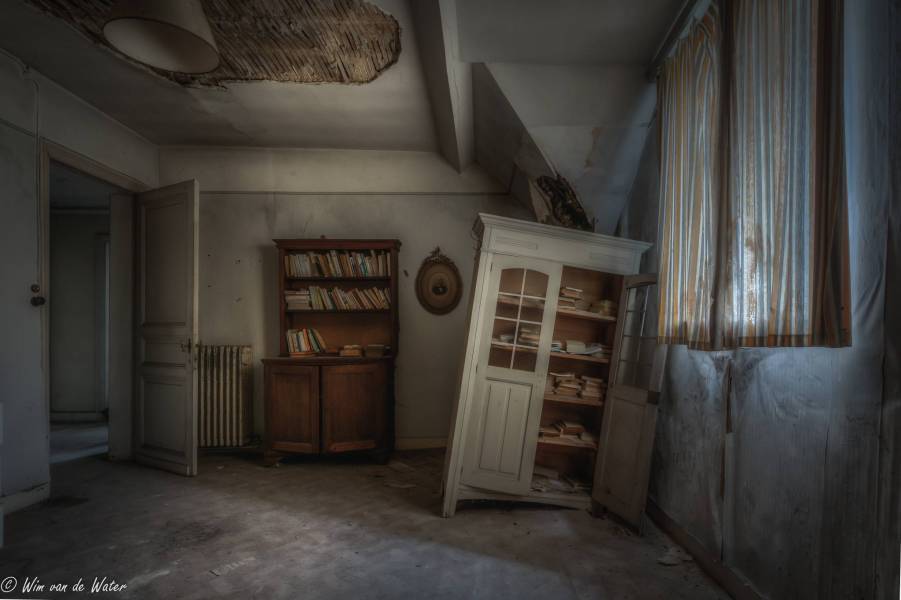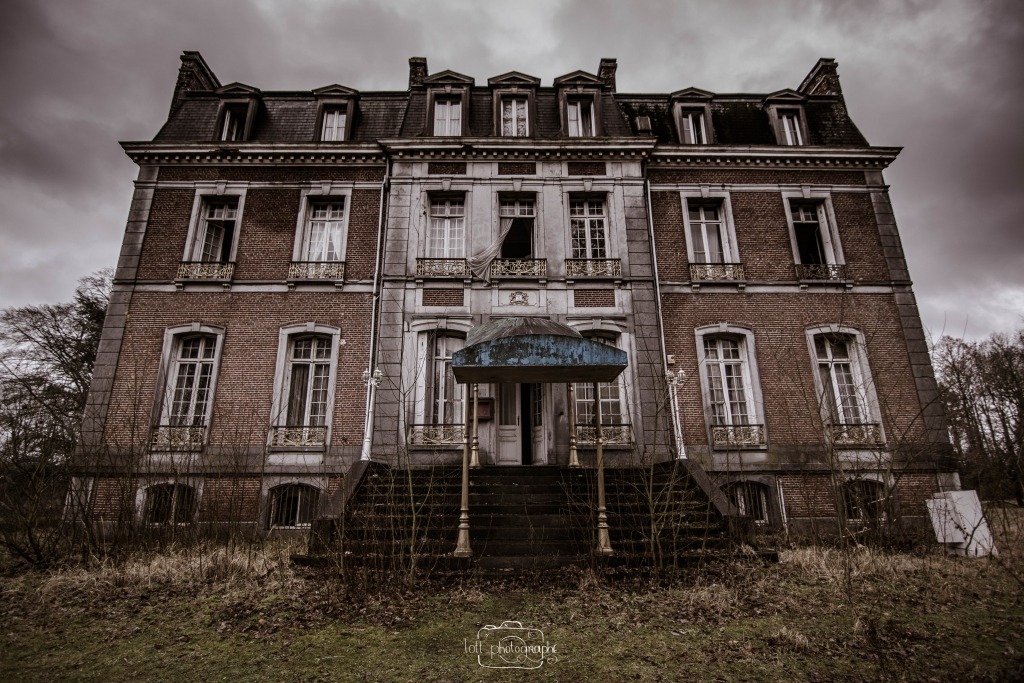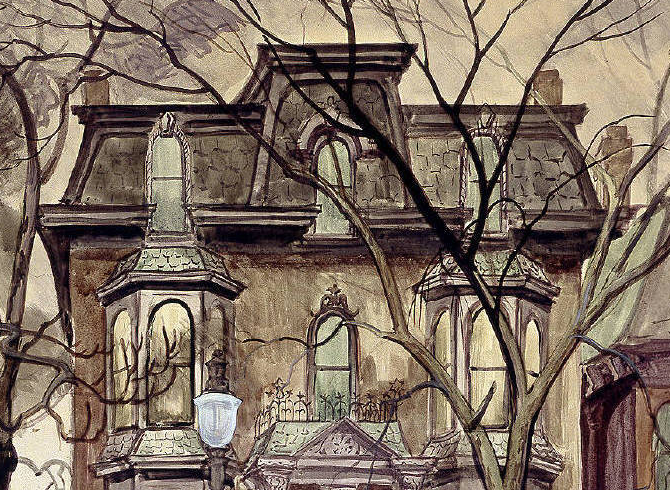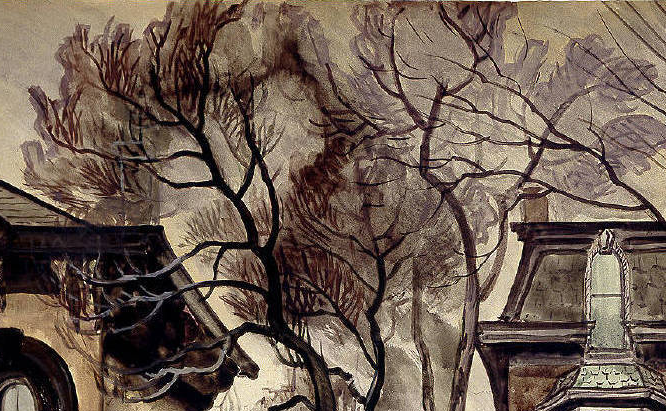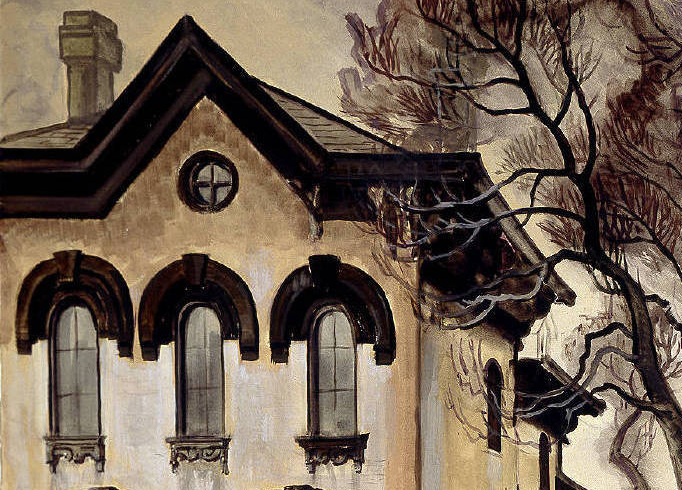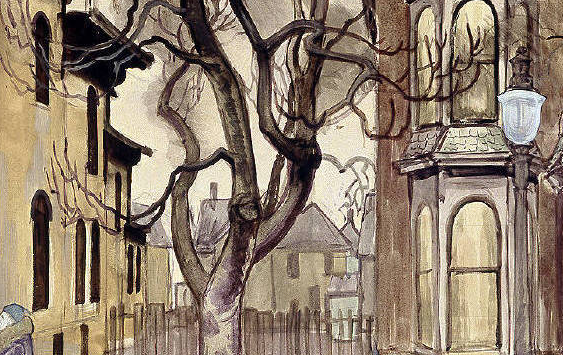“You can tell her that I’m easily found
Tell her there’s a spot out ‘neath Abraham’s bridge, and tell her
There’s a darkness on the edge of town
There’s a darkness on the edge of town…..
…Tonight I’ll be on that hill ’cause I can’t stop
I’ll be on that hill with everything I got
With our lives on the line where dreams are found and lost…”
(Bruce Springsteen, Darkness on the Edge of Town)
 Charles Burchfield, New Moon, November 1917, watercolor and opaque watercolor with graphite
Charles Burchfield, New Moon, November 1917, watercolor and opaque watercolor with graphite
Egon Schiele is a painter whose artworks I have been in love with for many years now and Charles Burchfield is a painter whose work I only discovered two years ago but am getting more and more enthusiastic about. Both of these artists had a particular flair for capturing the houses and townscapes not as mere physical objects made out of wood, brick and mortar, but rather they captured their mood and character. And both artists preferred the medium of watercolour or gouache to the more traditional oil on canvas, and, as my readers here know, watercolour is my favourite medium. Charles Burchfield’s painting “New Moon” and Egon Schiele’s painting “Edge of Town (Krumau Town Crescent) are painted around the same time, in 1917 and 1918 respectively. Whilst Schiele’s painting shows the entire small town of Krumau with many houses crammed close together, Burchfield’s watercolour focuses solely on one house and a particular one indeed.
Burchfield’s watercolour “New Moon” shows a strange and twisted black wooden house which is very close to the road. There is a tree growing in front of the house and it visually disrupts the scene; the tree trunk is in the way of the scene and the black tree branches are thin and clawlike, stretching to scratch whichever intruder passes by it. The facade of the house is contorted in a surreal manner, almost as if it was laughing. A house with a grin and three windows with teeth in them. We can see only a part of the house next door on the left and it looks equally eerie. The sky is dusty pink and yellow and the colours match the blackness of the house. And we can’t even see much of that candy floss-vanilla sky because the house takes up most of the space on the paper; it domineers, almost swallows the space around it, making the scene look mysterious and claustrophobic. There is not space for anything but the house on that paper. I can only imagine what stranger Hawthorneesque characters might inhabit this Gothic abode.
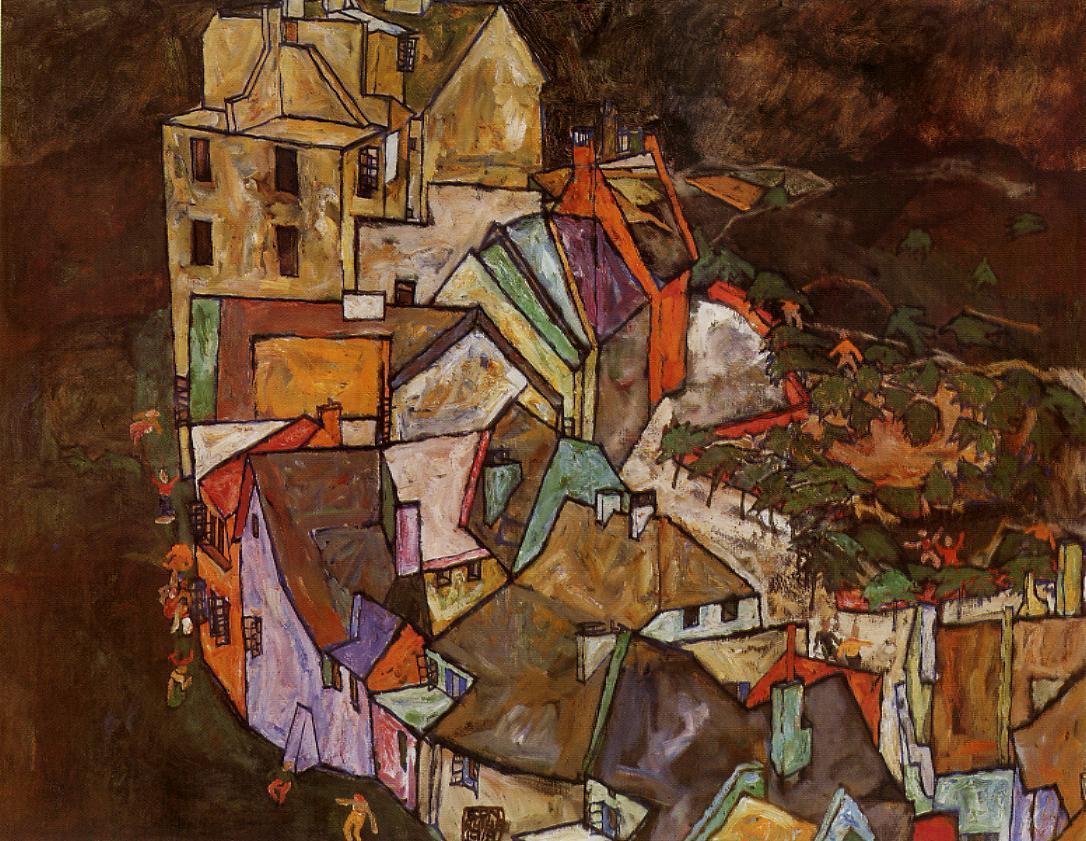
Egon Schiele, Edge of Town (Krumau Town Crescent), 1918
On the other hand, Schiele focuses not on a single houses but on a cluster of houses which, strangely, seem to make up a living organism of its own, a unified skelet that would fall apart if one house was demolished. Schiele’s portrayal of the small and picturesque Czech town of Krumau (which, in Schiele’s life was still part of the Austro-Hungarian Empire) is vibrant and dense. He uses thick brushstrokes of warm, heavy, earthy tones; brown, yellow, orange, warm purple, some muddy green. This combination of colours and brushstrokes makes the town appear old, uninviting and slightly claustrophobic. If you look up pictures of Krumau you will see that the town is as dreamy and fairytale like as can be, and this is definitely just Schiele’s vision of Krumau. This is Schiele’s portrait of the town, its character and mood and the way he perceives it. The town seems uninviting to me, and I can imagine a person walking down those narrow streets and the houses just getting closer and closer, obscuring the sky with their roofs and crushing the person to death. The town is melancholy and decaying but it doesn’t like someone to see it. In his portraits, Schiele usually focuses on the person and ignores the background, he doesn’t care to fill it with colour, but here he takes time to add brushstrokes and brushstrokes of thick, muddy brown.
Both of these artworks disturb me, but in a good way and when I hear Springsteen singing ‘darkness on the edge of town’ this is what comes to my mind… But also, seeing the way Burchfield and Schiele portrayed houses, streets and towns makes me look at houses and street with a pair of new eyes, it makes me notice the strangeness and the character that many houses and builings possess.
Tags: 1918, American art, art, art blog, Austrian art, Austrian painter, Charles Burchfield, cityscape, Czechia, Darkness on the Edge of Town, Edge of Town, Edge of Town (Krumau Town Crescent), Egon Schiele, house, Krumau, lyrics, music, Rock Music, small town, street, streetsceen, suburb, town
 Henri le Sidaner, Soir de Printemps, c. 1920
Henri le Sidaner, Soir de Printemps, c. 1920

